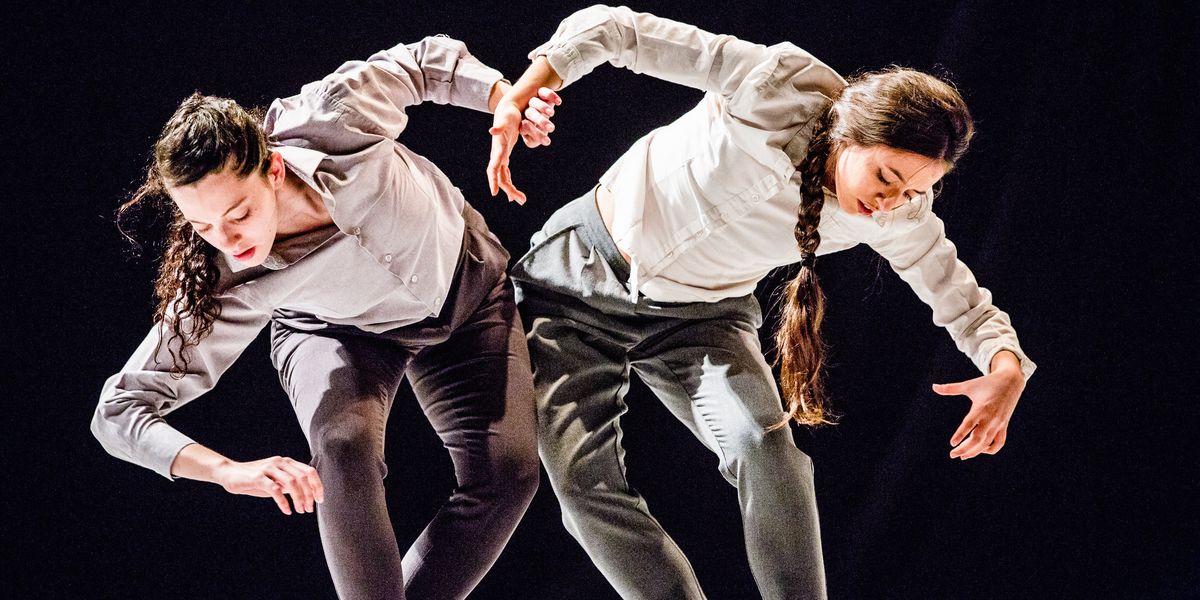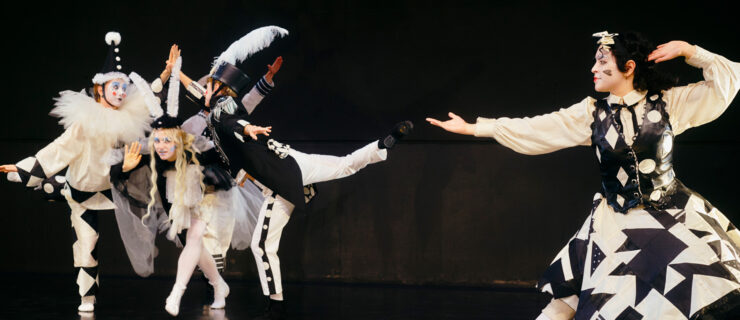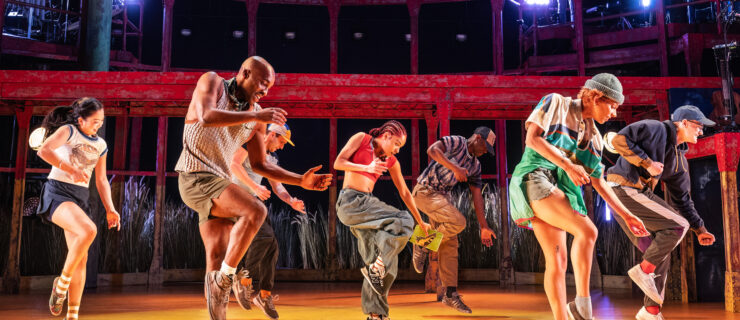This Israeli Company Rehearses in An Eco Village—And Brings Its Vision of Sustainability to the U.S.
Imagine dancing in a large studio, with windows on two sides, mountains in the distance and flowers right up close. You take a shower outdoors with “grey water” that’s been collected from the roof and recycled into the plants. You use compost toilets to avoid using water in the desert and you might even stay overnight in a “mud room.”
This is Vertigo Dance Company‘s Eco-Art Village in the Elah Valley (where, in biblical times, David fought Goliath). It is not only a beautiful spot on earth but also a model of ecologically sustainable living and working. And a place where the company of fierce yet gentle dancers, create new work in the partly improvised approach guided by Wertheim.
This month, Vertigo’s One. One & One, a compelling 25th-anniversary production choreographed by artistic director Noa Wertheim, comes to the Baryshnikov Arts Center, DANCECleveland and the Clarice Smith Performing Arts Center at the University of Maryland, College Park.
I recently spoke with Wertheim about her work, and how it’s been shaped by the Eco-Art Village she runs with her extended family.
The New Work Looks at Oneness and Separation
“This is very intimate, about feelings. To put feeling into movement is an interesting task. In Hebrew, the title One. One & One, describes oneness but also a separation between people. We are always defining ourselves. It seems like more and more the separation is also happening inside of ourselves. In one duet with two women, they are mirroring each other. It’s nice when people are similar, to show that our self can be understood through each other.”
How The Village Affects The Dance
“I love nature and am influenced by nature. The Eco-Art Village is trying to behave ecologically—saving water in the desert, collecting it from the roof in big buckets. We have a compost center for the kitchen and toilet, and after a few months, we get plenty of black earth, rich earth, from it. I felt that material, earth at its most condensed, should be in the piece.”
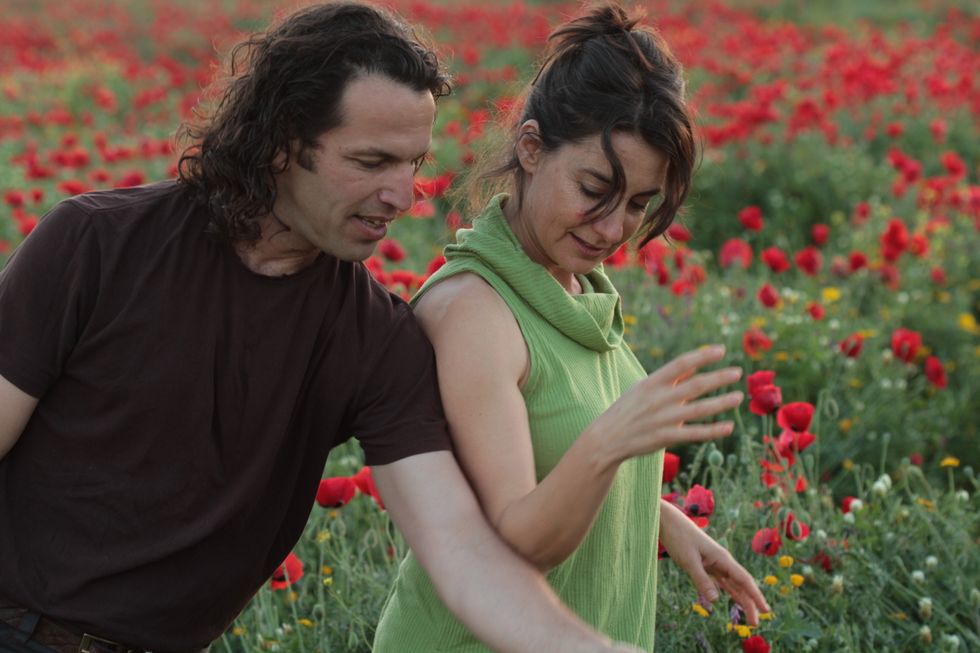 Noa Wertheim and her husband Adi Shaal
Noa Wertheim and her husband Adi Shaal
Elad Debi
Why She Uses Dirt Onstage
“Two years ago, I got an image of a man walking with a bucket in a line, delineating, putting limits, making the separating. We are not endless. Maybe our soul is endless but the body is not. We are moving beyond the edges even though we are stuck inside of it.
The first time I used earth onstage, 14 years ago, it was outdoors and I got really connected to ecology. I understood how we are behaving to the planet, raping our own land, the poison we put in. Then we started with the Eco-Art Village. It’s all connected. The choreography I’m creating always has conflict or dilemma. Even in nature, the lion eats the sheep or deer. One is taking from another in order to survive. Human beings always have strong feelings, willpower, conflicts.”
The Extended Family Runs The Village
“My mom passed away 17 years ago. We are four sisters, four husbands and babies—altogether a tribe of 13. After one year, Adi, my husband and the father our three children, said, “When you four sisters are together, something is complete.” Then we started thinking about it. We came to this Kibbutz. Every night for a few years, like pioneers in the beginning of the country, we sat, asking what will be the essence of the place. We started putting these ideas into action, like turning the chicken coop into a dance studio. Now it’s growing. This year we are building a third studio.”
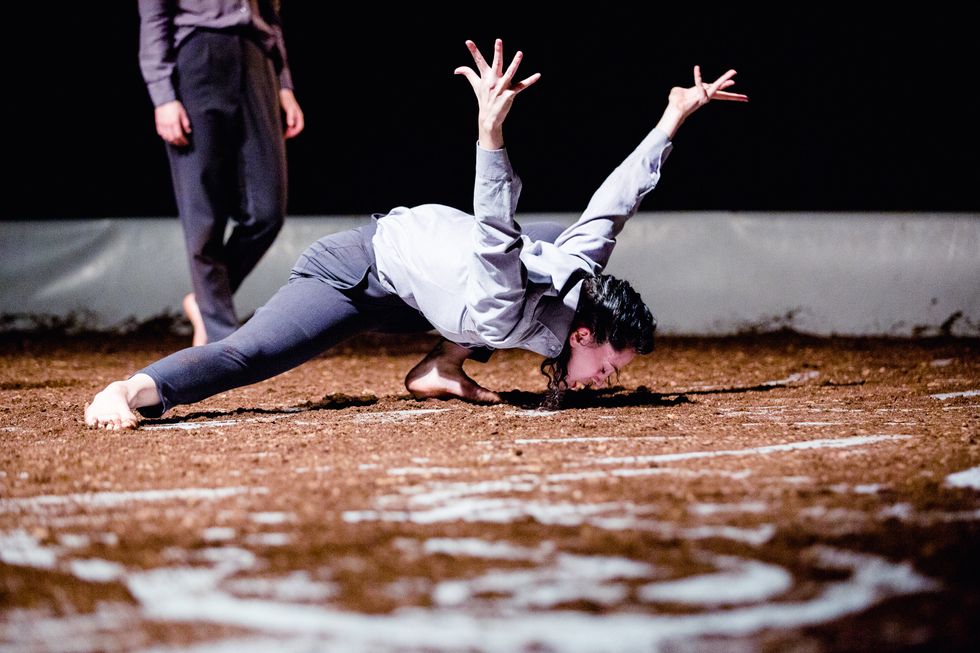
How She Shapes Her Ensemble
“The dancers train in contact improvisation and release technique, with ballet once or twice a week. We do a little bit of centering, using the energy of martial arts. Our studio in Jerusalem is the school for studying the Vertigo language. It’s very versatile, what we give them. It takes some time for the dancers to go deep.
“You have to fall in love with your dancers. I mostly have Israeli dancers, but I like sometimes two or three from different countries. Israelis understand their roots, but it’s beautiful to have more flavors. Sometime Europeans are more patient. Of our nine dancers, one is from Hungary, one from Portugal and one from France.”
Her Feelings On Israel
“I don’t bring the music that came to Israel 50 years ago. The togetherness of a nation can be joyful, but it can be also stepping on the other. Somebody is celebrating and somebody else is being stepped on. It’s an endless story.”
